Training Method
Cycling is an art, a science, and a journey. At velodrom.cc, our road cycling training method combines the wisdom of seasoned cyclists with modern training techniques, ensuring you ride not just harder, but smarter. Our method revolves around a balance of endurance, strength, technique, and recovery.

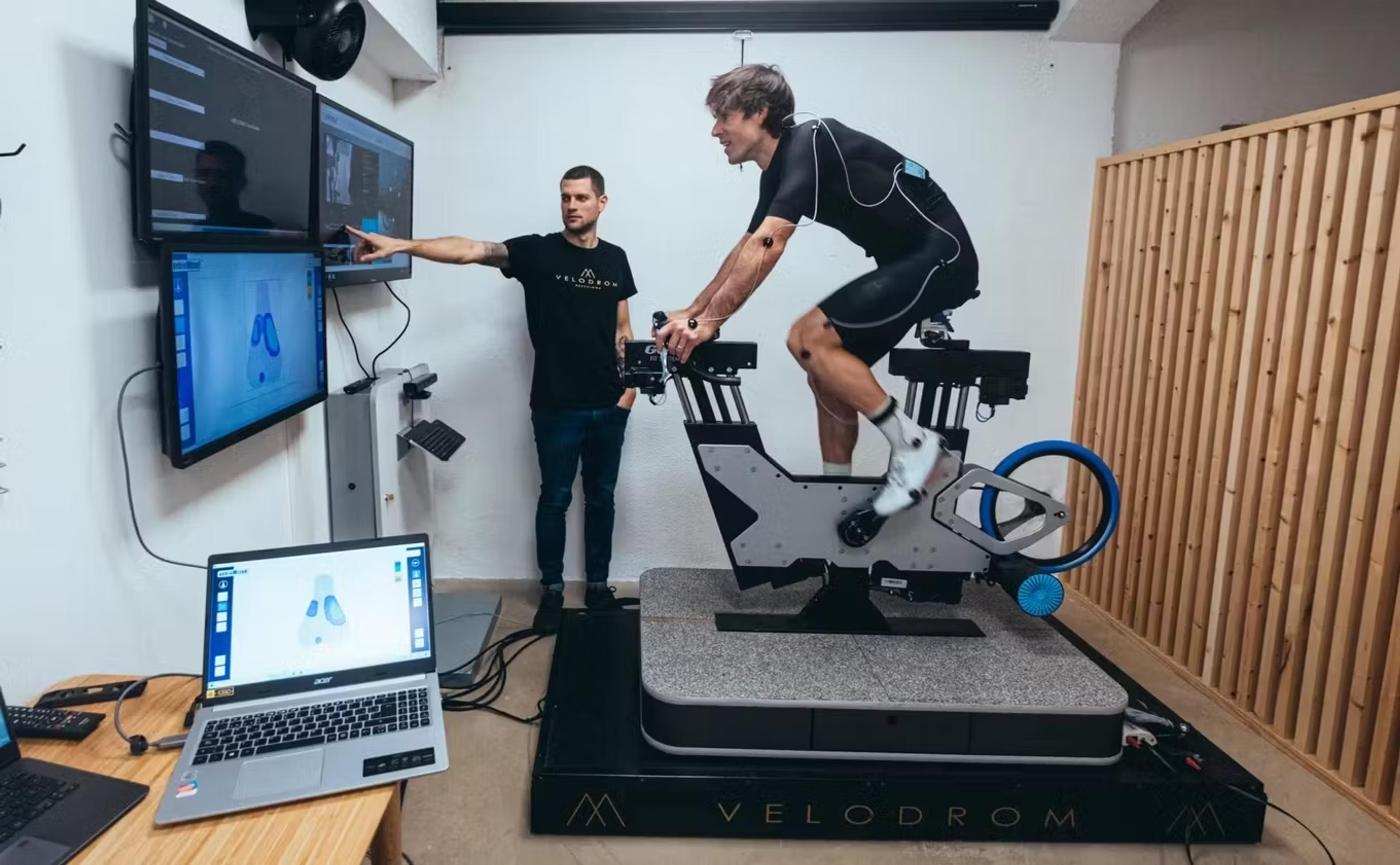
1. Assessing the Baseline
Understanding Your Current Position: Before you embark on any training journey, it's crucial to know where you stand. This involves:
- FTP (Functional Threshold Power) Test: This test measures the maximum power you can sustain for an hour. It's an indicator of your current fitness level.
- Riding Style Analysis: Everyone has a unique style. Understanding your pedal stroke, posture, and handlebar grip can help in identifying areas of improvement.
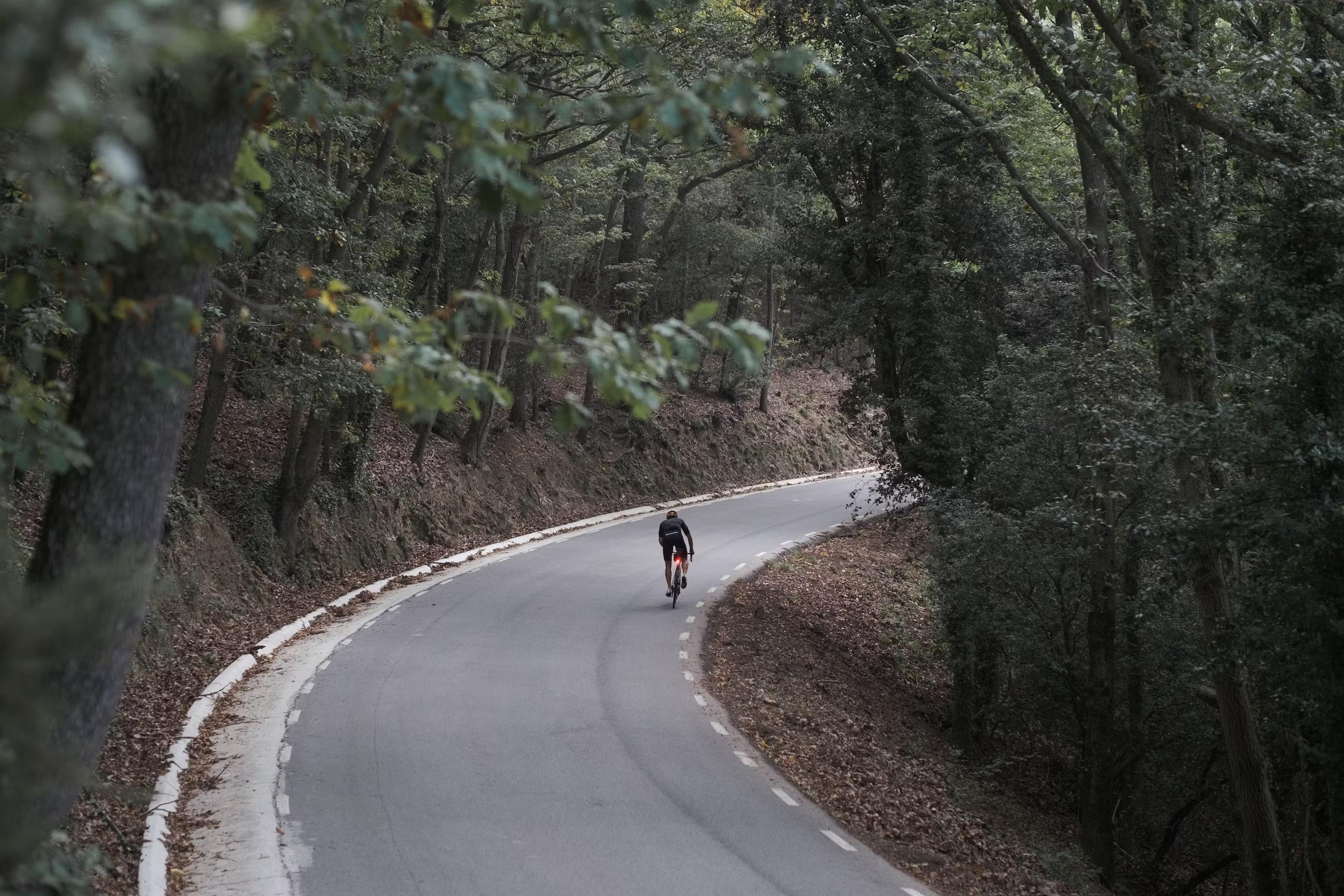
2. Building Endurance
Endurance is the cornerstone of road cycling, especially for long-distance events.
- Long, Steady Rides: Start with rides that are about 60-70% of your maximum effort. These rides improve your body's ability to burn fat as fuel and increase your aerobic capacity.
- Progressive Overload: Gradually increase your distance. A 10% increment weekly is generally safe and effective.

3. Strengthening the Core and Legs
A strong core supports your spine, ensuring an efficient transfer of power from your body to the pedals.
- Off-Bike Exercises: Incorporate planks, bridges, and Russian twists into your routine.
- Leg Workouts: Squats, lunges, and deadlifts can build power in your legs.
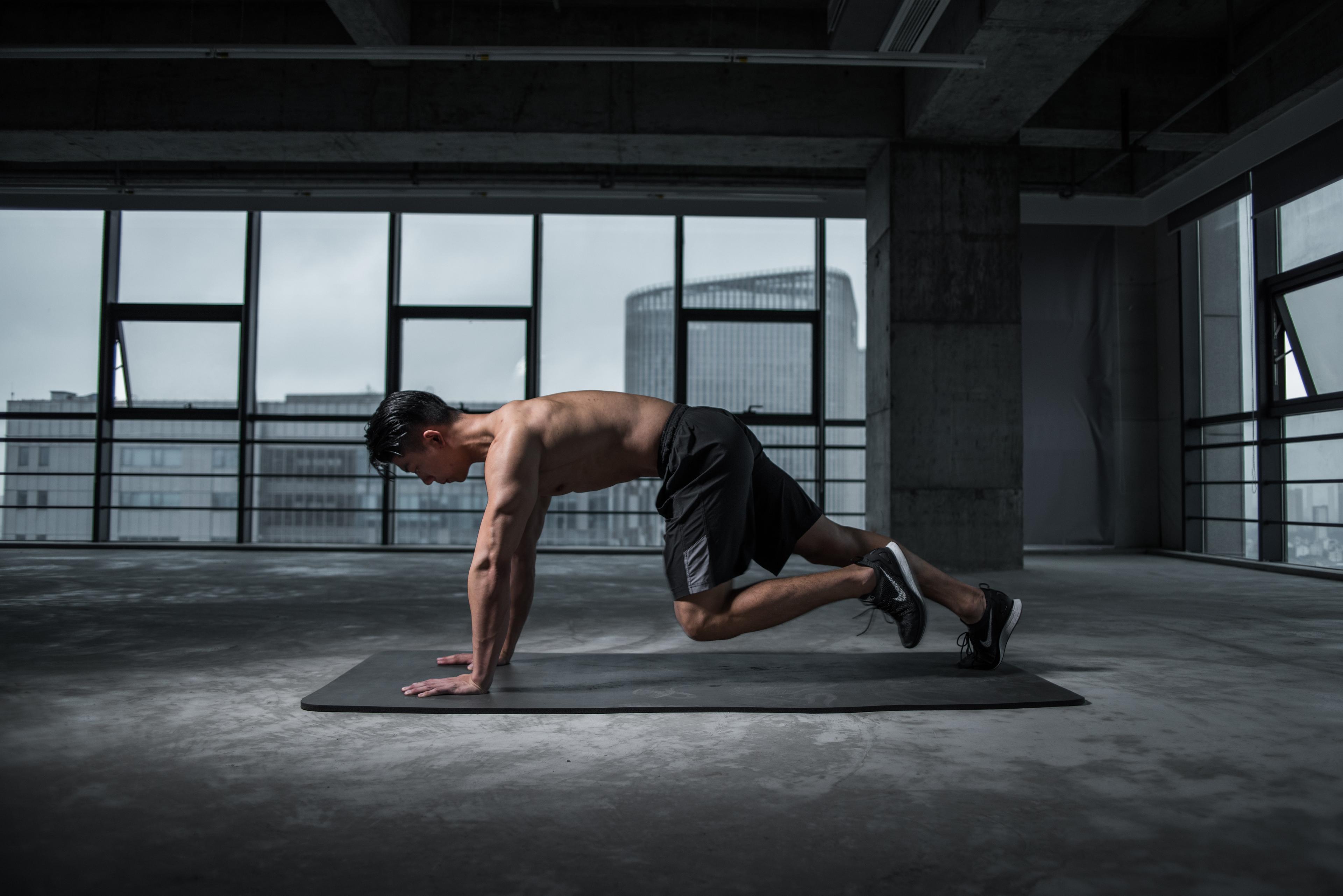
4. Technique and Efficiency
Good technique ensures you get the most out of each pedal stroke and also reduces the risk of injuries.
- Cadence Drills: Aim for a cadence of 80-100 RPM. Practice both high and low cadence drills to improve muscle efficiency.
- Climbing Technique: On inclines, maintain a steady rhythm. Use your core and upper body to push down on the pedals.
- Descending Skills: Learn to descend safely. Position your weight at the back, grip the handlebars firmly but not tightly, and always look ahead.
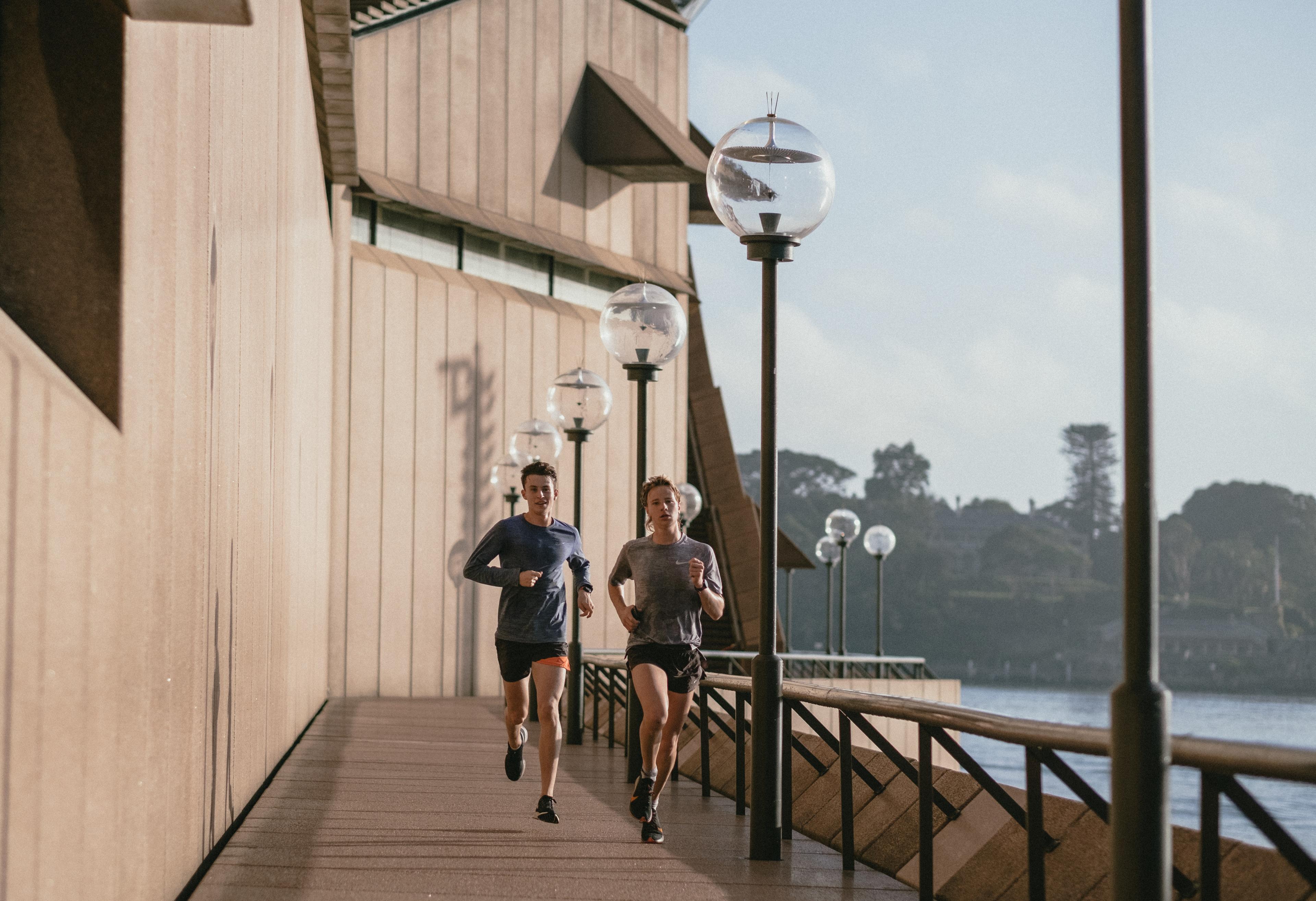
5. Interval Training
For those moments when you need a burst of speed or power.
- High-Intensity Intervals: These are short bursts of near-maximum effort followed by rest. For instance, 30 seconds all-out sprint followed by 1-minute rest.
- Tempo Rides: Slightly below your threshold, these rides improve your body's ability to clear lactic acid.
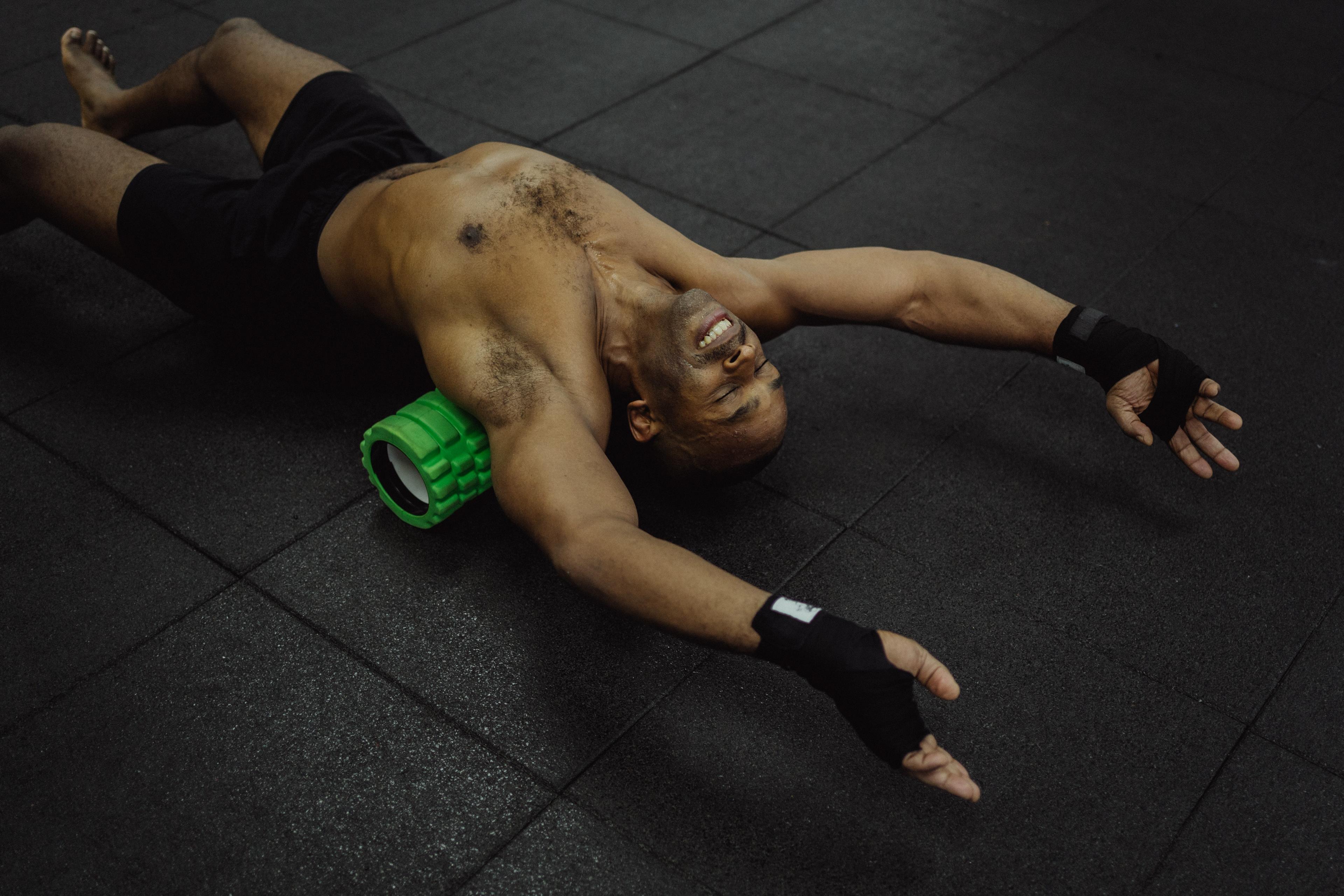
6. Active Recovery
It's not just about training hard; it's about recovering hard too.
- Easy Rides: These are rides at a very relaxed pace, helping to keep the blood flowing and aiding recovery.
- Stretching: Incorporate dynamic stretching before your rides and static stretching post-rides.
- Foam Rolling: Beneficial to release muscle knots and improve flexibility.

7. Nutrition and Hydration
What you fuel your body with can make or break your training.
- Carbohydrates: Your primary source of energy. Consider consuming complex carbs like whole grains.
- Proteins: Essential for muscle repair. Include lean meats, fish, and legumes in your diet.
- Hydration: Drink before you feel thirsty. Electrolyte solutions can help during long rides.
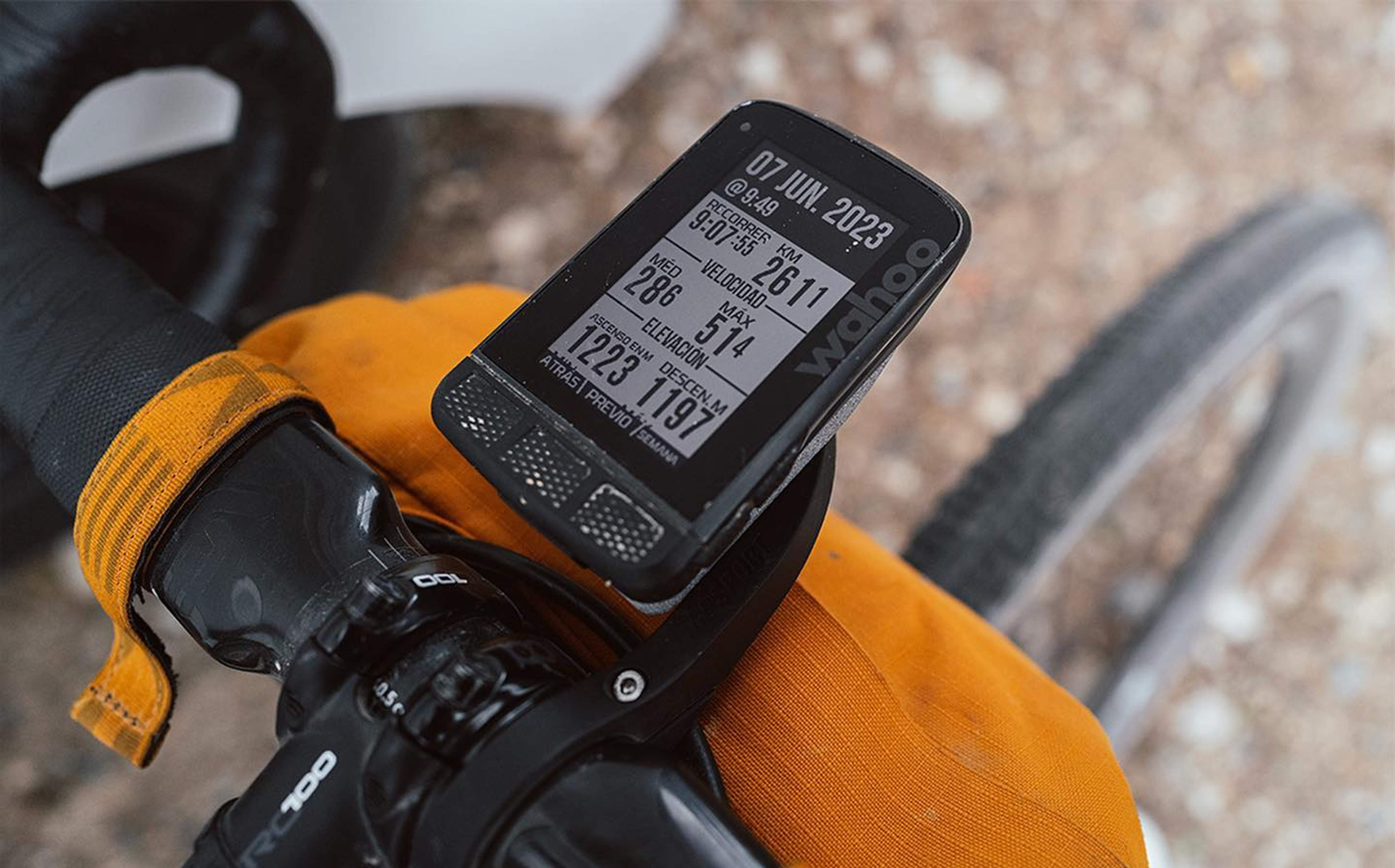
8. Monitoring Progress
Track your progress to stay motivated and to adjust your training.
- Training Logs: Note down distance, speed, and how you felt during each ride.
- Regular FTP Tests: To measure improvement in your fitness.
- Resting Heart Rate: A significant drop in your resting heart rate over time can indicate improved cardiovascular fitness.